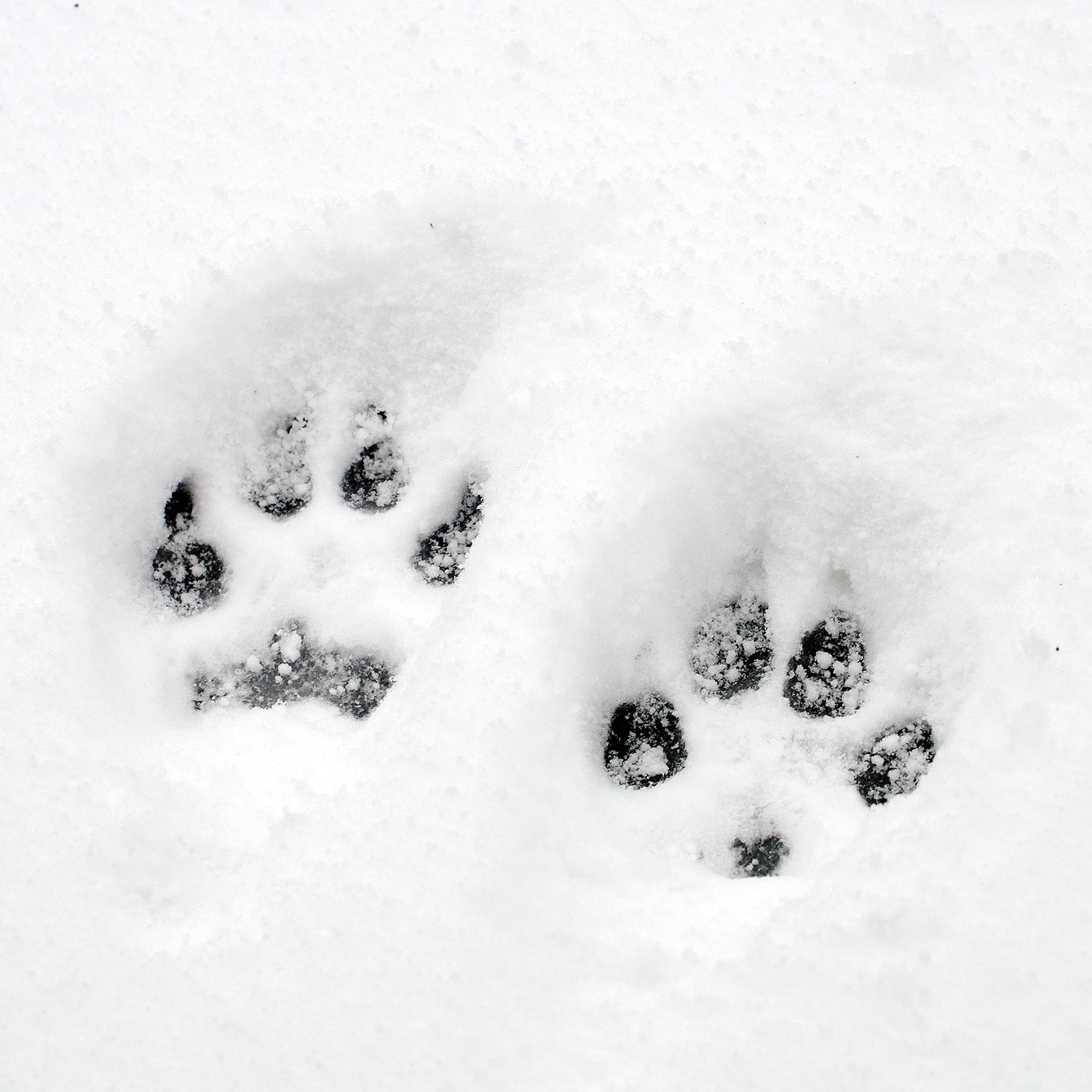Winter brings with it a host of joys, from the first snowfall to cozy evenings by the fireplace. However, for our four-legged friends, the season also introduces some challenges, particularly when it comes to their delicate paws. Salt and ice melt, commonly used to de-ice sidewalks and roads, can be harsh on a dog's feet. So, how can you protect your dog's paws from these potentially harmful substances? Let's dive in.
-
Dog Booties: One of the most effective ways to shield your dog's paws from salt and ice melt is by using dog booties. These protective shoes are designed to provide a barrier between the paw and the ground, preventing direct contact with harmful chemicals. When choosing booties, ensure they fit snugly but comfortably, and give your dog some time to adjust to wearing them.
-
Paw Wax: If your dog isn't a fan of booties, paw wax can be a great alternative. This protective balm creates a semi-permeable shield, preventing salt and chemicals from drying out and irritating the paws. It's easy to apply and can also provide some moisturizing benefits.
-
Frequent Paw Checks: After each walk, it's essential to inspect your dog's paws. Look for any signs of dryness, cracks, or irritation. This will not only help you spot potential issues early but also ensure that no salt or ice melt particles are clinging to their feet.
-
Wipe and Wash: Always wipe down your dog's paws with a damp cloth after walks to remove any residual salt or chemicals. For added protection, consider giving them a quick rinse in lukewarm water, ensuring to dry them thoroughly afterward.
-
Moisturize: Just like our skin can get dry during the winter, so can a dog's paws. Using a pet-safe moisturizer can help combat dryness and keep their paws soft and supple. However, avoid using human lotions, as some ingredients might not be safe for dogs.
-
Avoid Salted Areas: If possible, try to walk your dog in areas you know haven't been heavily salted. Parks, trails, or even freshly snowed-on grass can be safer alternatives to sidewalks or roads.
-
Stay Informed: Not all ice melts are created equal. Some brands offer pet-friendly options that are less harmful if ingested or come into contact with paws. If you're responsible for de-icing your property, consider switching to one of these alternatives.
-
Hydration Helps: Keeping your dog well-hydrated can improve their paw health. Drinking plenty of water can help combat the drying effects of winter, keeping their paws (and the rest of them) in tip-top shape.
In conclusion, while winter walks can be a delightful experience for both you and your dog, it's crucial to be aware of the potential dangers that salt and ice melt present. By taking a few proactive steps and being vigilant about paw care, you can ensure that your furry friend's feet remain healthy and pain-free all season long.






